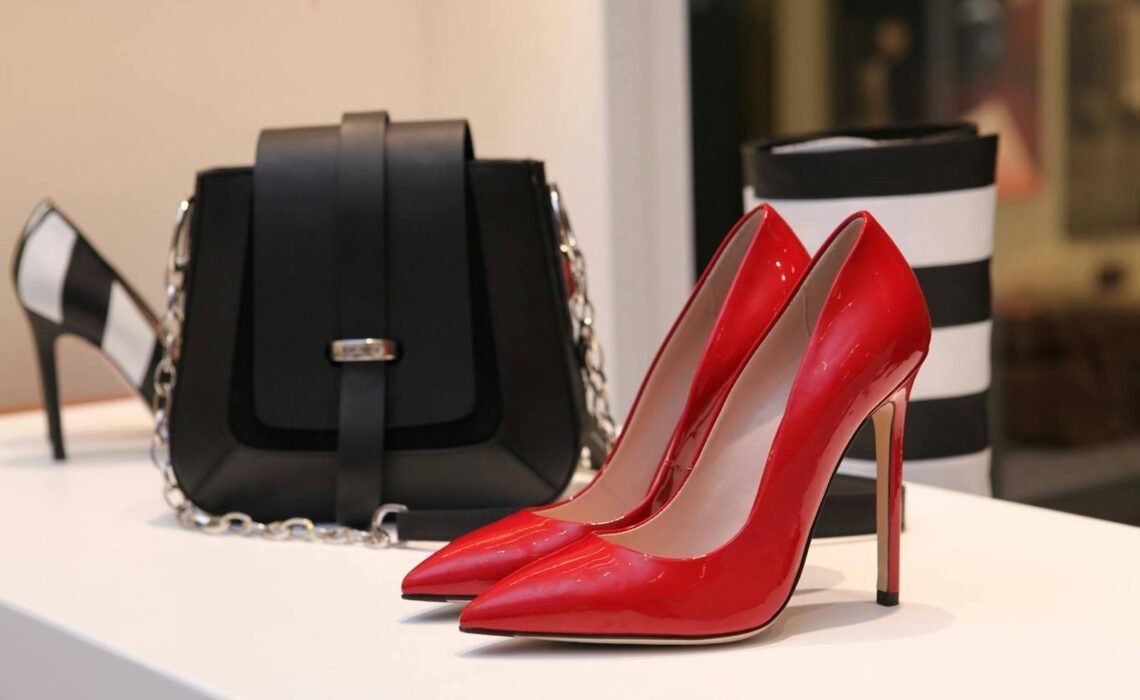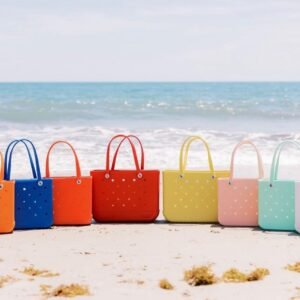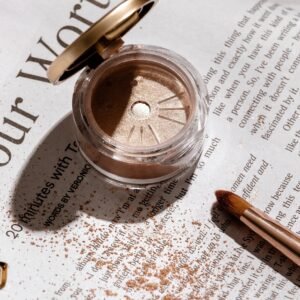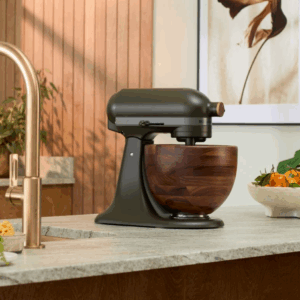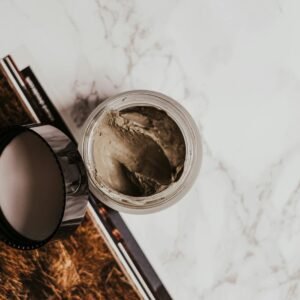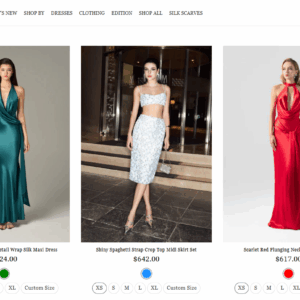Once upon a time, luxury meant something. A Chanel bag was not just a handbag—it was an heirloom. A pair of Louboutins felt like wearable art. A compact from Dior wasn’t just makeup; it was elegance in powdered form. But somewhere along the way, luxury lost its soul. What once defined craftsmanship, attention to detail, and rare materials has become synonymous with inflated pricing, fast production, and questionable ethics. Today, more than ever, luxury as we knew it is dead—and consumers are waking up. In its place? Quality. Safety. Transparency. The things that used to be assumed in luxury products now need to be sought out, often in unexpected places.
Let’s begin with fashion. Chanel, Louis Vuitton, Balenciaga—all brands with iconic legacies, all once celebrated for meticulous detail. But now, consumers are finding frayed stitching, synthetic linings, and thin, machine-printed logos where artisan work used to be. Chanel bags are still priced in the thousands, but increasingly they come with plastic hardware or faux interior leather. For those who remember their grandmother’s classic Chanel bag—stitched by hand in France from full-grain leather—the downgrade feels personal.
Much of this shift can be attributed to profit margins. In an effort to maximize gains and minimize production costs, many luxury fashion houses have outsourced their manufacturing and sacrificed quality for quantity. A brand like Gucci may sell a T-shirt for $700, but the cotton might feel thinner than fast fashion alternatives. Once these labels moved from exclusive ateliers to mass production facilities, the true meaning of “luxury” began to erode.
The beauty industry has fared no better. High-end brands like Dior, YSL, and Chanel continue to dominate department store shelves with their elegant packaging and lofty price tags, but look at the ingredient lists and the reality is sobering. Fragrance-loaded formulas, petroleum-derived ingredients, endocrine disruptors like BHT, and artificial colorants are all commonly found in luxury makeup. These are the same ingredients that clean beauty brands have been warning us about for years—yet they continue to appear in lipsticks and foundations that cost upwards of $60. Even worse, some of these products fail safety testing in independent studies, often containing levels of heavy metals or allergens that would make a drugstore product blush.
Consumers are starting to catch on. A growing number of people are realizing that high cost doesn’t equate to high quality—or safety. The packaging may look expensive, but what’s inside tells a different story. A Dior lipstick might make for a cute Instagram post, but if it contains allergens or untested synthetic dyes, it’s a liability, not a luxury.
Meanwhile, independent and niche brands are filling the void. Artisans and small businesses are bringing back real craftsmanship—not just the illusion of it. Hand-stitched leather goods from small European workshops, cruelty-free skincare formulated with botanical actives, and cosmetics made with food-grade or EWG-verified ingredients are the new gold standard. These products may not come with the prestige logo, but they’re gaining a reputation for offering something that luxury lost: integrity.
This isn’t to say all expensive products are bad or that affordability equals quality. What has changed is the alignment of price and value. In the past, a $3,000 handbag might have represented three months of artisanal work. Now, it might represent three hours in a machine-run factory. The equation no longer makes sense to savvy shoppers. Today, many would rather invest $400 in a perfectly made, ethically sourced handbag from a lesser-known maker than spend $4,000 on a designer purse whose materials are barely above average.
Quality has become the new status symbol. In a world plagued by mass production, environmental harm, and exploitative labor, choosing something well-made, safe, and ethical is the real luxury. Safety—especially in beauty and wellness—has become a privilege, even a rebellion. When consumers demand to know what’s in their skincare, how their bags are stitched, or where their jewelry is sourced, they’re opting out of a broken system and into something that truly deserves respect.
This shift is particularly visible among Millennials and Gen Z, whose purchasing power is growing. These generations aren’t just buying based on legacy or logo; they’re researching ingredients, reading reviews, following supply chains. They don’t mind spending more—but only if it makes sense. Many are even turning to vintage and secondhand luxury, not for the status of the brand name, but because older items were simply made better.
Sustainability also plays a major role. True quality lasts. A wool coat that’s woven with care and made to endure ten winters is inherently more luxurious than a designer label that pills and frays after one season. Consumers no longer want products for just a moment—they want them for a lifetime. In this way, quality intersects with minimalism, sustainability, and even mental health. The fewer, better philosophy is in, and the gluttonous excess that once defined luxury is now considered tone-deaf at best, grotesque at worst.
The pandemic also taught many of us to value comfort, health, and simplicity. We became hyper-aware of chemicals, hygiene, and the ways in which the things we put on our bodies affect us. Suddenly, ingredients mattered more than branding. Safety mattered more than sparkle. The result? A dramatic consumer shift toward products that are clean, functional, and truly well-made.
And it’s not just happening in fashion and beauty. This transformation is reshaping furniture, home goods, food, and tech. People are paying more attention to what lasts, what functions well, and what doesn’t harm them or the planet. Even the luxury car market is shifting, with buyers caring less about logos and horsepower, and more about safety ratings, emissions, and ethical manufacturing.
In the end, the death of luxury may not be a death at all—but a rebirth. The word “luxury” is being reclaimed by consumers who are tired of being fooled. They no longer see opulence in a brand name or price tag—they see it in quality, safety, and values. Luxury isn’t dead. It’s just been redefined.
True luxury now lies in craftsmanship without compromise, products without poison, and the peace of knowing that what you buy respects both your body and your world. And that, in 2025, is the ultimate status symbol.

